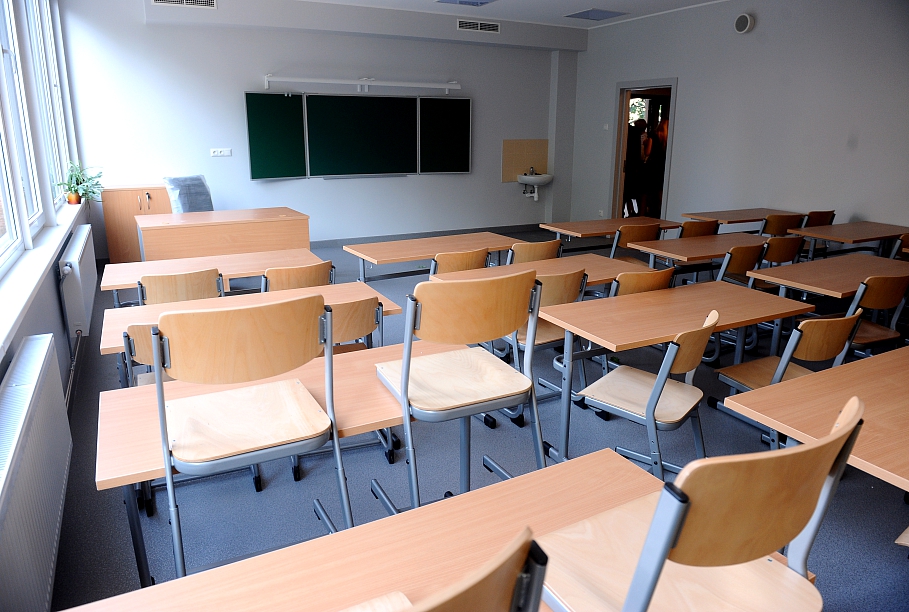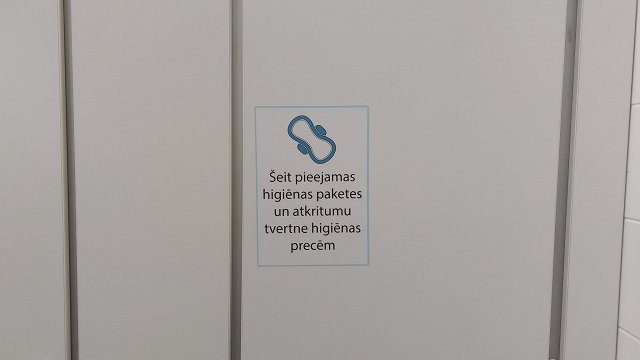Compared to the 2014 report, the main problems have remained the same with some areas however showing improvement.
Aging and a gender gap
Both the latest report and the 2014 report highlight the fact that Latvia's teaching workforce is aging. In total, 64% of teachers in Latvia's schools are aged 40 to 60 and only 8% are younger than 30.
The Iespējamā misija (Mission Possible) program lures young people to work in schools, however its graduates not always choose to continue working.
Teaching graduates don't see the profession as prestigious and the comparatively low remuneration scares off many. However the recent salary reform has been set into motion and the first payday under the new scheme is due to come in October.
The newest OECD report concentrates on statistics, while an earlier one released in May invited Latvia to raise teachers' salaries.
The gender gap poses another problem as 81% of teachers in Latvia are women. The gender gap impacts quality of life and the job market and it also applies to the areas of healthcare and engineering.
Low education funding
Latvia spends less than the OECD average on education and its spending ranks alongside that of the Czech Republic, Hungary and other Eastern European countries. However according to the latest data education funding is growing.
Most of Latvia's investments into education go to primary and secondary education. Most of Latvia's preschool education is still funded from public as opposed to private pockets, despite the state stopping payments for children attending private preschool institutions.
Higher education
About every third Latvian has higher education, which is close to the OECD average. About 40% of Latvians aged up to 34 have a university degree.
The report notes that Latvia succeeds in attracting more and more foreign students who pay more for studying here than locals do.































